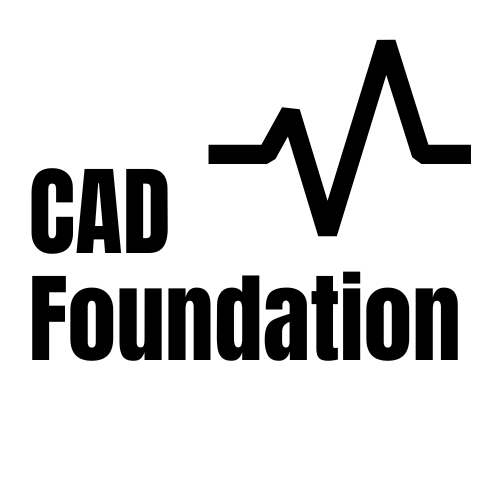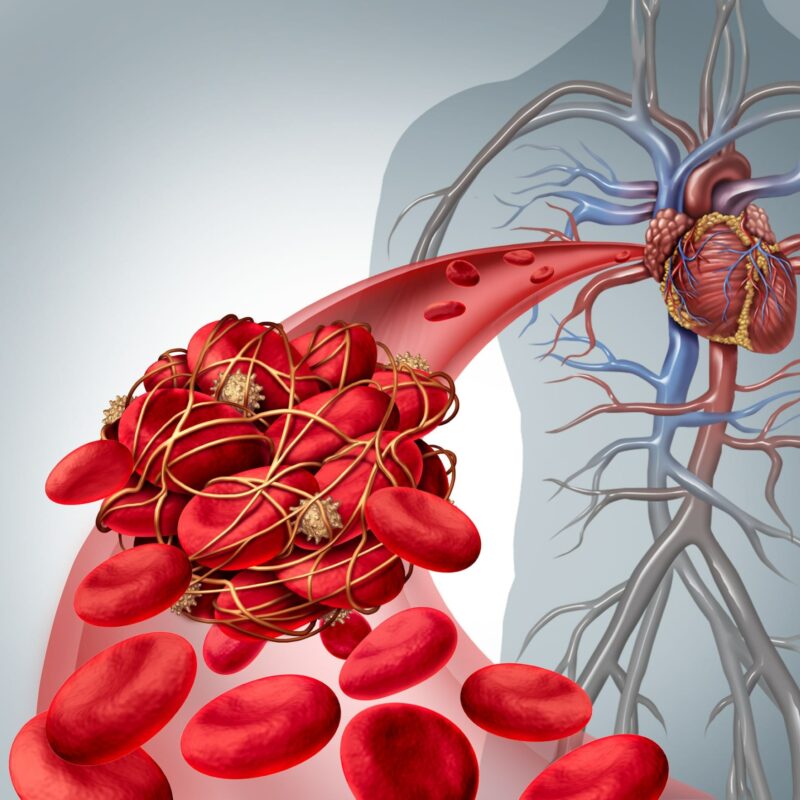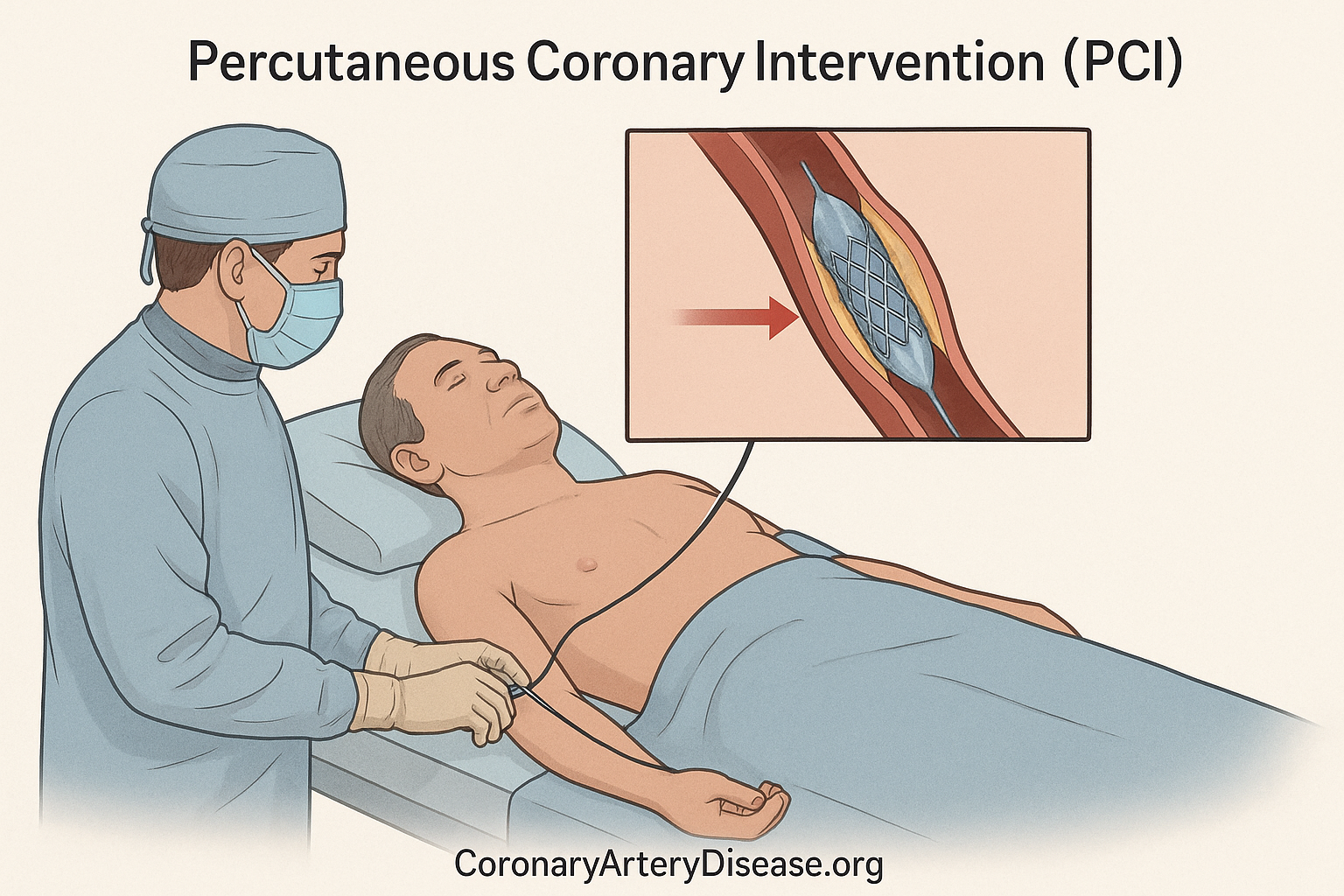Overview
Prevention of Coronary Artery Disease by modifying what are called modifiable risk factors, which are factors you can change, such as diet, exercise, and smoking habits. Prevention is divided into three key categories: primary, secondary, and tertiary. These approaches aim to stop Coronary Artery Disease before it starts, slow its progression, or manage its impact to improve your quality of life.
In Details
- Primary Prevention: Aims to prevent Coronary Artery Disease before it even occurs, for people with risk factors but no symptoms.
- Secondary Prevention: Focuses on people who already have established Coronary Artery Disease, to prevent further progression and reduce the impact of the disease.
- Tertiary Prevention: Applies to people with existing Coronary Artery Disease, aiming to improve their quality of life by reducing disability, delaying complications, and restoring heart function.
Risk factors for Coronary Artery Disease are broadly divided into non-modifiable and modifiable. Non-modifiable factors, which cannot be changed, include age, gender, race, and your genes.
Modifiable risk factors, which you can influence, include dyslipidemia (unhealthy levels of fats in your blood), diabetes, hypertension, cigarette smoking, obesity, chronic kidney disease, chronic infection, high C-reactive protein (CRP) (a marker of inflammation), hyperhomocysteinemia (HHcy) (high levels of an amino acid called homocysteine), advanced glycation end products (AGEs), oxidative stress, and caffeine. Modifying these factors can prevent, reverse, or slow the progression of Coronary Artery Disease and improve your quality of life.
Primary Prevention of Coronary Artery Disease
Primary prevention is about taking steps to prevent the start of atherosclerosis. This involves assessing your risk, especially if you are between 40 and 75 years of age.
A Coronary Artery Disease risk score, like the one developed by the American College of Cardiology ASCVD risk estimator, considers factors such as age, sex, race, cholesterol levels, blood pressure, diabetes, smoking, and medication use to estimate your 10-year risk of having Coronary Artery Disease or a stroke. This score, expressed as a percentage, helps determine if you are at low (0.0-4.9%), borderline (5.0-7.4%), intermediate (7.5-20.0%), or high risk (>20.0%) and guides prevention strategies.
Key interventions for primary prevention include
- Adopting a Healthy Diet: This means consuming plenty of fruits, vegetables, nuts, whole grains, lean proteins (vegetable or animal), and fish.
It’s advised to reduce intake of trans fats, red meat, processed meat, added sugars, saturated fat, sweetened beverages, and sodium. Foods like flaxseed, whey protein, and grapefruit (containing resveratrol) can help lower “bad cholesterol” and raise “good cholesterol”. - Managing AGE-RAGE Stress: AGEs are harmful compounds that can build up in the body and contribute to atherosclerosis. They are found in foods like red meat, cheese, cream, animal fat, and sweetened pastries, so reducing their consumption is advised.
- Reducing Oxidative Stress: This occurs when there’s an imbalance between harmful reactive oxygen species (ROS) (unstable molecules that can damage cells) and your body’s antioxidants.
Eating antioxidant-rich foods like flaxseed, fruits, and vegetables can help. Limiting heavy alcohol consumption is also recommended. - Regular Physical Activity: Aim for 150 minutes per week of moderate-intensity physical activity or 75 minutes per week of high-intensity physical activity.
- Stopping Tobacco Use: Quitting smoking is crucial.
- Controlling Diabetes and Hypertension: If you have diabetes, managing your diet, exercising, and taking medication as needed are important.
For hypertension, non-pharmacological interventions are advised, and pharmacological therapy may be recommended to achieve a blood pressure target of less than 130/80 mmHg. - Aspirin Use: Infrequent use of aspirin may be advised.
Secondary Prevention of Coronary Artery Disease
Secondary prevention is for individuals who have already been diagnosed with Coronary Artery Disease, have current symptoms, or have experienced a heart attack, or undergone procedures like percutaneous coronary intervention (PCI) (a procedure to open blocked arteries, often using a balloon and stent) or coronary artery bypass graft (CABG) (a surgical procedure to create new pathways for blood flow around blocked arteries).
The main goal is to slow or reverse the disease’s progression and reduce the risk of future events or death.
Key interventions for secondary prevention include
- Lifestyle Modification: This includes diet similar to primary prevention. Physical activity recommendations are similar, with a target of at least 150 minutes per week of moderate-intensity or 75 minutes per week of high-intensity physical activity. Stopping cigarette smoking is also critical.
- Serum Lipids Management: Medications like statins are used to lower LDL-C. Fibrates or high doses of omega-3 fatty acids might be used if triglyceride (TG) levels are high.
- Hypertension Management: Antihypertensive drugs may be used. Sodium and alcohol restriction are also important, with a blood pressure target of 130/80 mmHg.
- Antiplatelet Drugs: If your 10-year risk score is 10% or higher, antiplatelet drugs like aspirin or clopidogrel may be used to prevent blood clotting.
- Diabetes Management: The aim is to normalise blood glucose levels using antidiabetic drugs, with a target for HbA1c (a measure of average blood sugar over 2-3 months) of less than 7%.
Tertiary Prevention of Coronary Artery Disease
Tertiary prevention is for people with established Coronary Artery Disease, focusing on improving their quality of life by reducing disability, delaying or limiting complications, and restoring heart function.
This involves a team approach with healthcare professionals like cardiologists, cardiac surgeons, exercise specialists, physiotherapists, dietitians, and nurses. Treatment often includes medical procedures such as PCI, CABG, pacemaker implantation, defibrillator placement, and ventricular-assisted devices.
Other Similar Questions
Is Coronary Artery Disease preventable in all cases?
While it’s largely preventable through risk factor modification, some non-modifiable risk factors like age and genetics mean it might not be entirely avoidable for everyone, but its progression can be significantly slowed.
Resources
- Prasad, K. (2021). Current Status of Primary, Secondary, and Tertiary Prevention of Coronary Artery Disease. Int J Angiol, 30, 177–186.
- Coronary Artery Disease: Prevention, Treatment and Research



